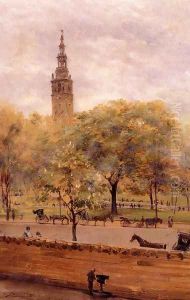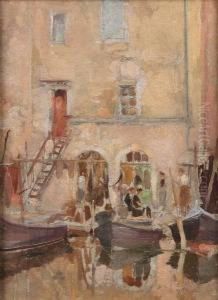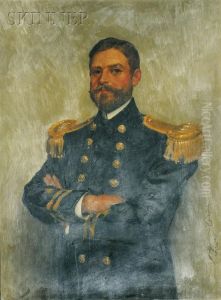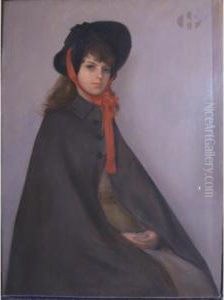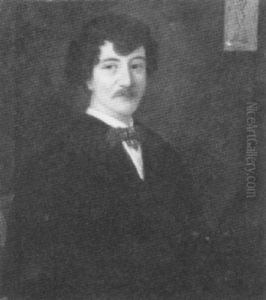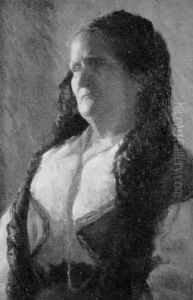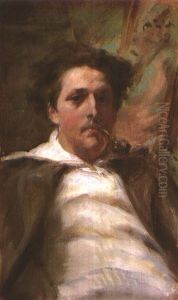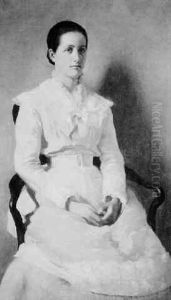Harper Pennington Paintings
Harper Pennington was an American artist known for his painting and drawing, born in 1854. Although not as widely recognized as some of his contemporaries, Pennington contributed significantly to the American art scene of the late 19th and early 20th centuries. His work, which spanned various subjects, including portraits, landscapes, and genre scenes, was noted for its detailed realism and sensitivity to light and shadow, reflecting the influence of the European academic tradition and the emerging Impressionist movement.
Pennington's early life and education played a crucial role in his development as an artist. He pursued his artistic training in Europe, which was a common practice among American artists at the time, seeking to refine his skills and absorb the rich artistic traditions of the Old World. This period abroad allowed him to study under prominent artists and exposed him to a wide range of artistic styles and techniques, which he later incorporated into his own work. Upon returning to the United States, Pennington became an active participant in the American art community, exhibiting his work at various venues and gaining a reputation for his refined technique and ability to capture the essence of his subjects.
Throughout his career, Pennington received accolades and recognition for his contributions to art. His paintings were exhibited in prestigious galleries and exhibitions, and he was involved in several art organizations, contributing to the cultural life of his time. Despite his achievements, Pennington's work has not remained as well-known in the broader narrative of American art history, overshadowed perhaps by the more dramatic innovations of the modernist movement that followed. However, his artistry continues to be appreciated by connoisseurs and scholars for its craftsmanship and beauty.
Harper Pennington passed away in 1920, leaving behind a legacy of work that, while perhaps not as celebrated as that of some of his peers, offers a fascinating glimpse into the artistic transitions of his era. His paintings, characterized by their attention to detail and nuanced use of color and light, stand as a testament to the skill and dedication of this American artist.
